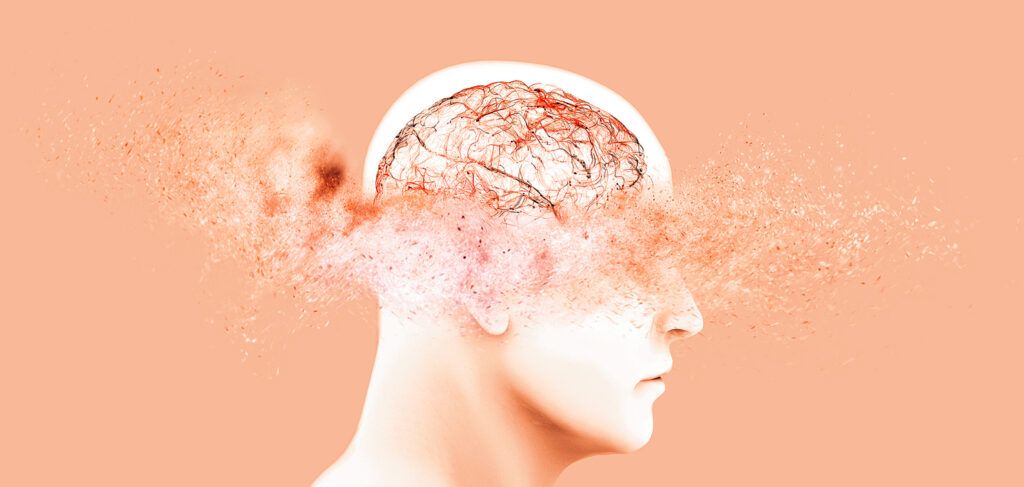Autonomic Neuropathy/Dysautonomia
Multiple diseases cause dysautonomia, which is a dysfunction of your autonomic nervous system (ANS). Your ANS controls bodily functions that you usually do not have to think about such as breathing, heart beating, bladder control, sexual function, blood pressure, body temperature and digestion.
There is no cure for this disorder. It is estimated that 70 million people suffer from autonomic neuropathy/dysautonomia throughout the world. It varies in its effects depending on the person from very mild to deadly. Some people are born with it while others develop it later in life. It affects women and men equally. Treatment is focused on treating the symptoms.
Dysautonomia/autonomic neuropathy can be exacerbated by certain stresses on your body and mental health. While some of these may seem odd, they can play a significant role in your disease. Being aware of these possible triggers for your symptoms may help in alleviating flare-ups of dysautonomia.
These may include:
- Dehydration
- Stress
- Drinking alcohol
- Wearing tight clothing
- Warm environments such as living in a warm climate or just being in a hot car or shower
- Eating certain foods that for you would be called “trigger” foods
- Blood sugars out of range
- Pain
- Overexerting yourself
How are dysautonomias classified?
There are at least 15 specific dysautonomias. They are classified as either Primary, Secondary or Idiopathic. Primary dysautonomia is when it is known that autonomic dysfunction is the main disease process. They are degenerative or genetic diseases that affect your nervous system and brain.
Examples of primary dysautonomias:
- Familial dysautonomia (FD): This is an inherited disorder more common to the Ashkenazi Jewish population. They have difficulty with feeling pain, regulating their temperature and producing tears.
- Multiple system atrophy (MSA): This is the rare dysautonomia that can be fatal. It doesn’t usually develop until after the fourth decade of life.
- Neurocardiogenic syncope (NCS): This is the most common dysautonomia and is also called vasovagal or situational syncope.
- Postural orthostatic tachycardia syndrome (POTS): POTS causes problems with blood flow that leads to a racing heart when you stand up with possible shortness of breath and fainting.
- Pure autonomic failure: This causes a fall in blood pressure when you stand up leading to dizziness or fainting among other symptoms.
Secondary dysautonomias are due to another disease process. Here are some examples of these diseases which will cause dysautonomia symptoms. You will see most are autoimmune diseases where the body attacks itself. There has been reports of increased rates of multiple sclerosis (MS) development in patients that have autoimmune associated dyautonomias.
- Sjogren’s syndrome
- Guillain-Barre syndrome
- POTS when due to an autoimmune process
- Parkinson’s
- Lyme disease
- Amyloidosis
- Celiac disease
- Ehlers-Danlos syndrome
- HIV
- Sarcoidosis
- Lupus
- Rheumatoid arthritis
- Crohn’s disease
- Charcot-Marie-Tooth disease
- Chiari Malformation
- Lambert-Eaton syndrome
- Vitamin B and E deficiencies
Idiopathic dysautonomias are where the disease process is unknown but the symptoms are present.
Most prominent symptoms of dysautonomia:
- “Coat Hanger Sign” is the most prominent and common symptom of patients with dysautonomia. This is an annoying discomfort or pain in the back of your neck and shoulders. You may have difficulty standing still or upright for lengths of time. You may feel the need to sit down and get up. It is thought to be due to decreased blood supply to the antigravity muscles at the back of the neck and shoulders.
- Fatigue
- Gastrointestinal symptoms such as nausea
- Palpitations and/or chest discomfort
- Difficulty breathing or shortness of breath
- Lightheaded
- Brain fog
- Sexual dysfunction
- Problems with body temperature control
- Urinary or kidney problems
- Constriction or dilation of pupils/eye issues
How are dysautonomias diagnosed?
As you can see many diseases or processes may be related to your symptoms so the tests are just as varied to get to a diagnosis. Your doctor may order many tests that may take time to get through them as things are ruled in or out. Some of these tests may include heart studies, labs, tilt table tests, breathing tests, radiology and sweat tests.
How is dysautonomia treated?
As mentioned previously there is no cure for this disorder. Treatment consists of treating the symptoms and the underlying disorder if it is secondary. Two medications are sometimes used to increase blood pressure. These are called midodrine and fludrocortisone. Some lifestyle changes may also help.
Recommended lifestyle changes:
- Stay hydrated and drink more water than you would normally drink. Talk to your healthcare professional about the amount they recommend for you. Carry water with you at all times.
- Add extra salt to your diet. 3-5 grams/day is recommended for persons with dysautonomia. Always carry a salty snack with you like chips or pickles.
- Elevate your head about 6-10 inches when you sleep.
- Stay active and maintain a healthy weight.
- Listen to your body! If it says you need to sit then sit.
- Avoid heat.
- Decrease or avoid caffeine.
- Avoid artificial sweeteners if you are getting migraines.
- Wear compression stockings to maintain or increase your blood pressure.
- Stand up slowly.
- Get your rest! Get at least 7-9 hours a night of sleep.
- Do not smoke any product.
- Avoid alcoholic products.
- Avoid standing or sitting for long periods.
What is the prognosis of dysautonomia?
Every case of autonomic neuropathy or dysautonomia is different. Some people will have 2 episodes of symptoms in their entire life while others will have remitting issues. The most important thing is to take care of yourself and follow with a healthcare provider you trust.
